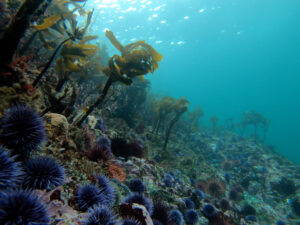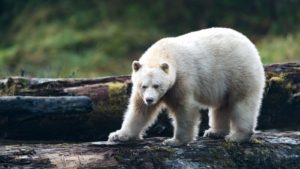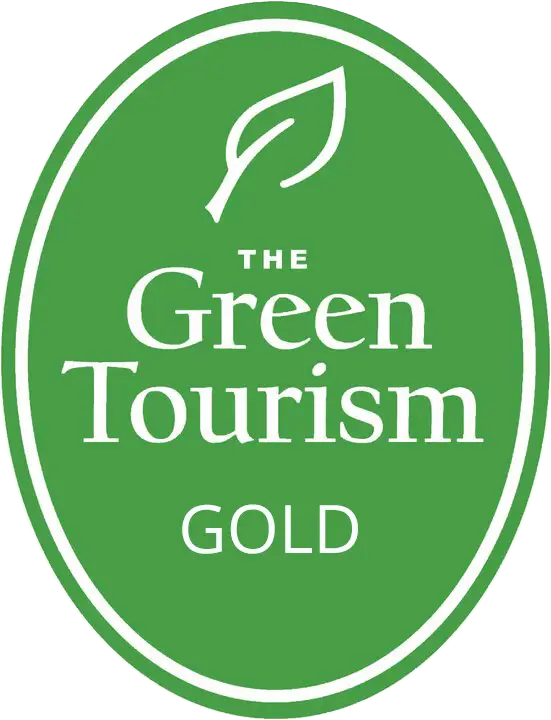NEWS FEATURE:
Ending the Grizzly Bear Trophy Hunt
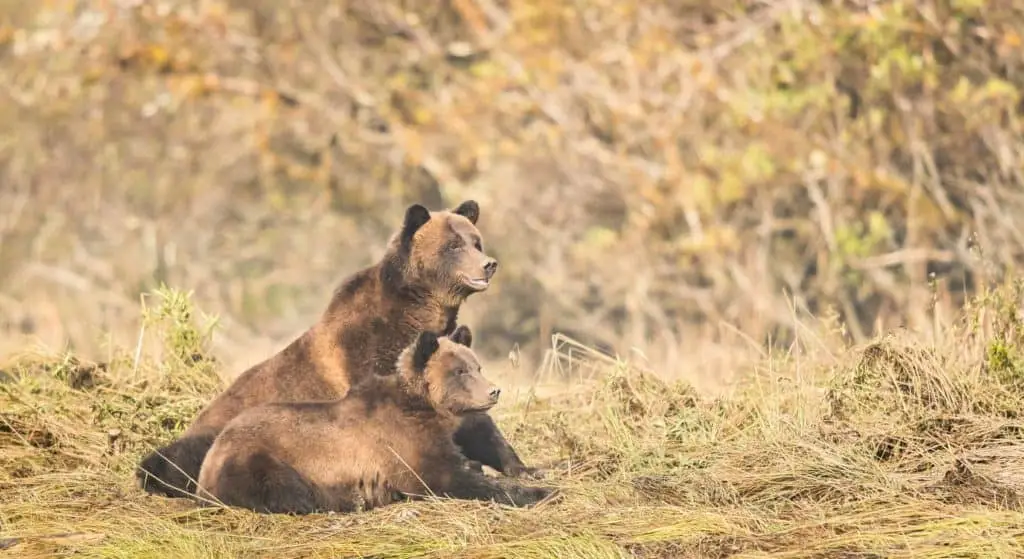
It’s currently spring in British Columbia, and once again the annual grizzly bear hunt is underway. Every year, between 300 and 400 of BC’s grizzly bears are shot by trophy hunters, who kill them just for sport.
The hunt is continuing, despite reliable polls suggesting that up to 90% of British Columbia residents – and thousands of others across Canada – believe that the grizzly bear trophy hunt needs to end.
For many of us, the trophy hunt is an emotional and moral issue. Trophy hunting, in which hunters often take only the bear’s head and paws and leave the rest of the body to rot, feels like a barbaric practice, a holdover from a previous generation and one that is out of line with our contemporary value system. But even without that emotional argument, there are several reasons backing an end to the hunt.
Grizzly bears are extremely vulnerable to population declines. A female grizzly may only have 10 cubs in her lifetime. And because grizzlies require such large territories, up to 4,000 square kilometres (1,545 square miles) for an adult male, they are very sensitive to human activity and its impact on their environment. We only have to look south to see what poor management can lead to. Grizzlies were once widespread in the United States, and now, outside of Alaska, just a few tiny populations remain.
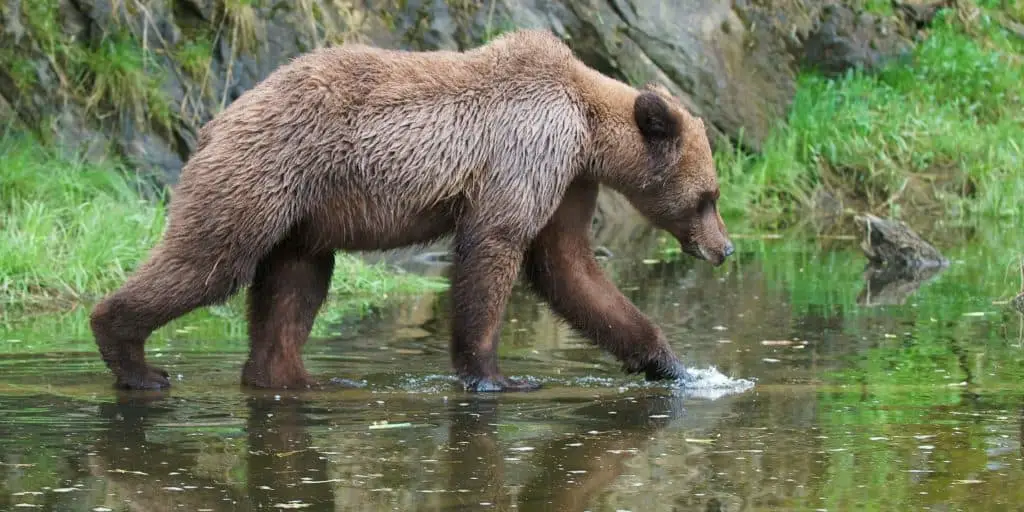
BC is now one of the last places on earth with stable populations of grizzly bears. Every year, these bears draw thousands of tourists from all over the world, who come to see the grizzly bears alive in their natural environment. In doing so, they inject a lot of money into the economy, at least ten times more than trophy hunters, according to some studies. From a basic monetary perspective, a grizzly bear is worth far more alive than dead.
The BC government says that the hunt is well managed and sustainable, and won’t hurt BC’s grizzly bear populations. The problem with that argument is that we don’t really know how many grizzly bears we have, and some populations are less stable than others. The official estimate puts the number of bears in British Columbia at around 15,000. However, many scientists suspect the actual number of grizzlies is much lower. It’s also worth mentioning that many grizzlies are killed each year by other human causes, including poachers, cars, and trains.
According to Kyle Artelle, a biologist who studies grizzlies for the Raincoast Conservation Foundation, the government’s current approach to management is very risky.
“There’s so much uncertainty in how big populations actually are and how much poaching goes on and how fast populations grow,” he says. “That uncertainty is largely ignored by the province.”
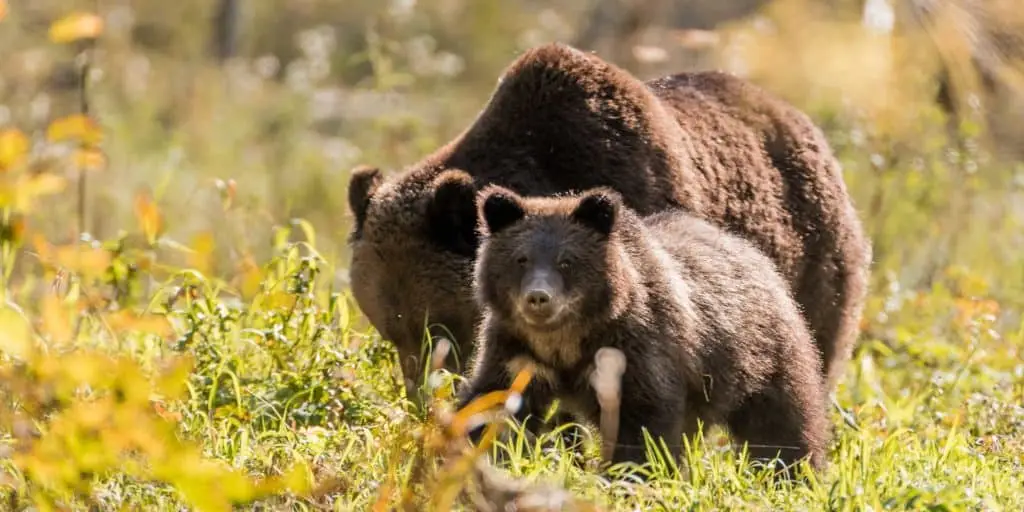
BC’s grizzly bears need our help, and there are different ways the public can show support for an end to the trophy hunt. One way is by donating to the Raincoast Conservation Foundation’s Save the Great Bears Campaign, the goal of which is to acquire all remaining commercial hunting tenures in the Great Bear Rainforest. Denman Island Chocolate has also joined in on the campaign, donating proceeds from their delicious new creation, the Grizzly Bar.
Of course, British Columbians can also express their opinion of the hunt in today’s provincial election. The governing Liberals have pledged to stop grizzly hunting in the Great Bear Rainforest, but, despite how 90% of the voting public feels, they aren’t promising to end the hunt altogether. Both the NDP and the Green Party are pledging to end the hunt across the entire province.


